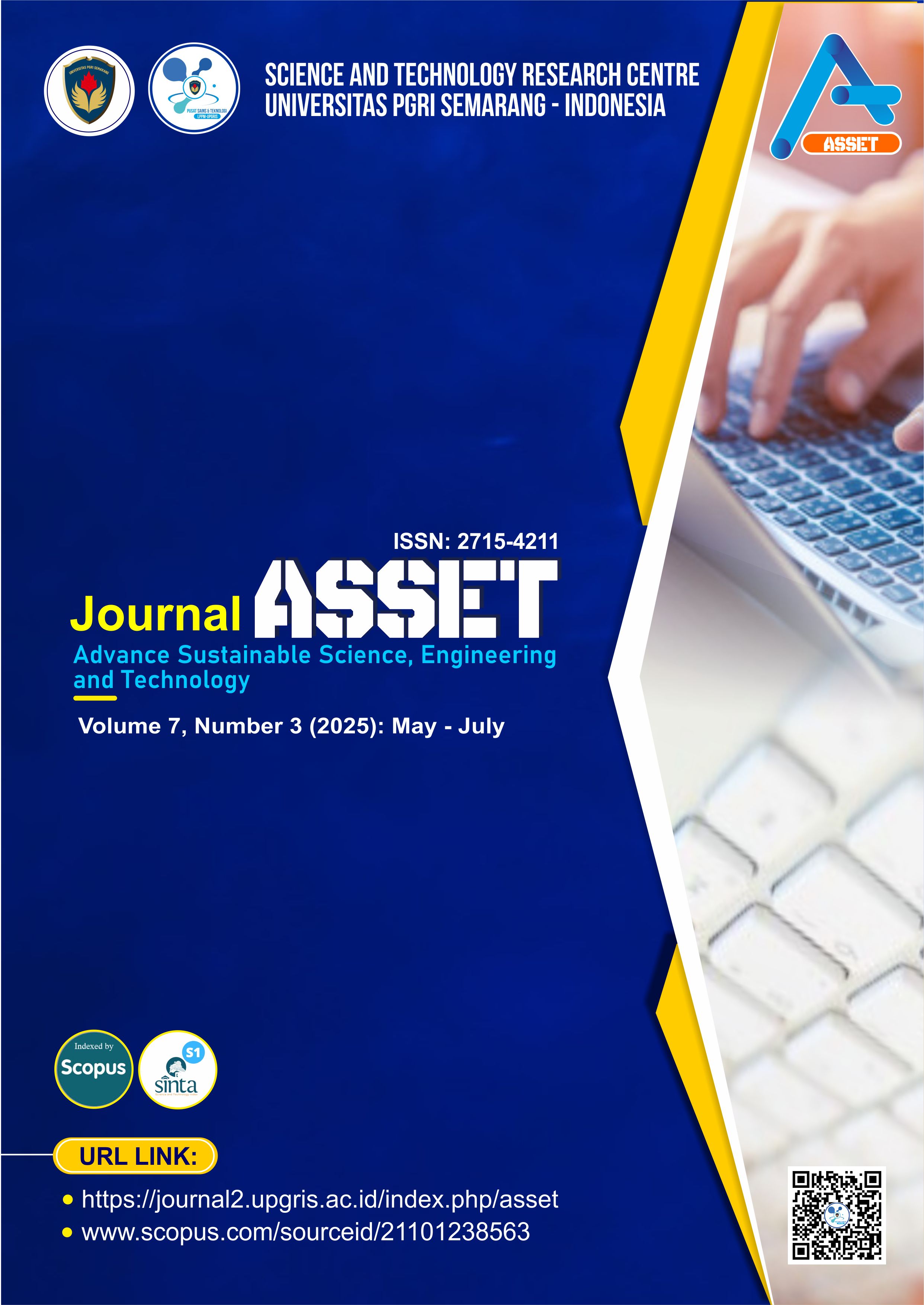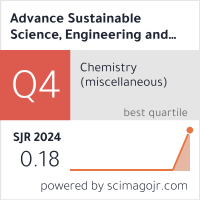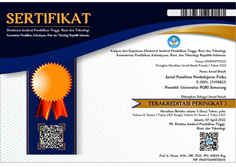Narrative-Driven Optimization for Sustainable Museum Networks: Integrating Freytag’s Pyramid and Hybrid PSO-Machine Learning Framework
DOI:
https://doi.org/10.26877/asset.v7i4.1954Keywords:
Particle Swarm Optimization (PSO), low-carbon, government-museum networks, Machine Learning (ML) model, promoting urban sustainability, sustainability-driven design, freytag's pyramid narrative frameworkAbstract
This study addresses sustainable urban heritage management needs through an AI-optimized methodology for Government-Museum networks. Integrating dramaturgical storytelling with computational intelligence, we develop a framework combining Freytag's Pyramid narrative framework with a hybrid Particle Swarm Optimization (PSO)-Machine Learning (ML) model. This sustainability-driven design aligns spatial routing with low-carbon objectives and thematic continuity, enhancing tourist itineraries while reducing environmental impact. Our model integrates GIS analysis of museum connectivity, accessibility criteria, and emissions indicators. Validated via Orange ML, the PSO-ML model achieves route optimization by minimizing distance, time, and CO₂ emissions. Results demonstrate significantly reduced travel distances/emissions and improved narrative coherence. The paradigm advances geographical justice, operational efficiency, and AI-mobility systems in promoting urban sustainability.
References
[1] Batty M. The new science of cities. Cambridge, MA: MIT Press; 2017.
[2] Timothy DJ, Nyaupane GP. Cultural heritage and tourism in the developing world: a regional perspective. London: Routledge; 2009.
[3] Dinnie K. City branding: theory and cases. London: Palgrave Macmillan; 2011.
[4] White C. Museums and heritage tourism: theory, practice and people. London: Routledge; 2023.
[5] UNESCO. Recommendation on the Historic Urban Landscape. UnescoOrg, 2011.
[6] Tarigan AKM, Sagala S, Samsura DAA, et al. Bandung City, Indonesia. Cities, 2016;50:100–10. https://doi.org/10.1016/j.cities.2015.09.005.
[7] Li P, Xu Y, Liu Z, et al. Evaluation and Optimization of Urban Street Spatial Quality Based on Street View Images and Machine Learning: A Case Study of the Jinan Old City. Buildings, 2025;15:1408. https://doi.org/10.3390/buildings15091408.
[8] Marsella S, Marzoli M. Smart cities and cultural heritage. 2017 IEEE 14th Int Conf Networking, Sens Control, 2017:281-6. https://doi.org/10.1109/ICNSC.2017.8000105.
[9] Ji S, Zhao P, Ji T. A Hybrid Optimization Method for Sustainable and Flexible Design of Supply–Production–Distribution Network in the Physical Internet. Sustainability, 2023;15:6327. https://doi.org/10.3390/su15076327.
[10] Gaonkar S, Sukthankar SV. Measuring and evaluating the influence of cultural sustainability indicators on sustainable cultural tourism development: Scale development and validation. Heliyon, 2025;11:e42514. https://doi.org/10.1016/j.heliyon.2025.e42514.
[11] Fahlevi MF, Baizal ZKA. Recommendation for Scheduling Tourist Routes Using Particle Swarm Optimization (Case Study of Yogyakarta). 2023 Int Conf Data Sci Appl, 2023. https://doi.org/10.1109/ICoDSA58501.2023.10276870.
[12] Kim K, Moon S, Lee J, et al. Environmental impacts of transportation policy and vehicle market share predictions. Transp Res Part D Transp Environ, 2023;114:103550. https://doi.org/10.1016/j.trd.2022.103550.
[13] Debora A, Zulkarnain A. The use of Freytag’s Pyramid Structure to Adapt “Positive Body Image” Book into a Motion Graphic Structure. IMOVICCON 2021 Proceeding, 2021.
[14] Tousi E, Pancholi S, Rashid MM, et al. Integrating Cultural Heritage into Smart City Development Through Place Making: A Systematic Review. Urban Sci, 2025;9:215. https://doi.org/10.3390/urbansci9060215.
[15] Meena S, Singh SK. Real-World Emission Assessment of Diesel Passenger Cars in Urban Traffic: A Comparative Analysis of Compliance with Bharat Stage VI Standards. Adv Sustain Sci Eng Technol, 2025;7:2501012–8. https://doi.org/10.26877/asset.v7i1.1294.
[16] Sriprateep K, Pitakaso R, Khonjun S, et al. Multi-objective optimization of resilient, sustainable, and safe urban bus routes for tourism promotion using a hybrid reinforcement learning algorithm. Mathematics, 2024;12. https://doi.org/10.3390/math12142283.
[17] Malik S, Kim D. Optimal travel route recommendation mechanism based on neural networks and particle swarm optimization for efficient tourism using tourist vehicular data. Sustainability, 2019;11:3357. https://doi.org/10.3390/su11123357.
[18] Arsanti V, Kharisma RS, Ardiansyah I, et al. Spatial analysis of waste management facility distribution using GIS. Adv Sustain Sci Eng Technol, 2024;6. https://doi.org/10.26877/asset.v6i4.996.
[19] Shaamala A, Yigitcanlar T, Nili A, et al. Machine learning applications for urban geospatial analysis: A review of urban and environmental studies. Cities, 2025;165. https://doi.org/10.1016/j.cities.2025.106139.
[20] Popović I, Marković V, Vasiljević Đ, et al. Carbon footprint assessment within urban and rural areas—example of inbound tourism in Serbia. Sustainability, 2025;17. https://doi.org/10.3390/su17072891.
[21] Ameel L, Gurr JM, Buchenau B. Narrative in urban planning: A practical field guide. Wetzlar: Majuskel Medienproduktion GmbH; 2023. https://doi.org/10.14361/9783839466179.
[22] Suryanto TLM, Wibawa AP, Hariyono, et al. Comparative performance of transformer models for cultural heritage in NLP tasks. Adv Sustain Sci Eng Technol, 2025;7:250113-5. https://doi.org/10.26877/asset.v7i1.1211.
[23] Lestari ADA, Pulansari F. Environmental impact analysis on furniture industry by implementing life cycle assessment (LCA) method. Adv Sustain Sci Eng Technol, 2025;7:250106–8. https://doi.org/10.26877/asset.v7i1.747.
[24] Syaharuddin, Hidayanti NF, Iswanto D, et al. Artificial intelligence in personalized marketing: Strategies for enhancing consumer engagement. Adv Sustain Sci Eng Technol, 2025;7:2502013-4. https://doi.org/10.26877/df5dwp69.
[25] Ikegwu C, Nuryanto A, Sastranegara MH. Assessment of abiotic factors for sea turtle nesting suitability in coastal bays. Adv Sustain Sci Eng Technol, 2024;6:2404010–25. https://doi.org/10.26877/asset.v6i4.998.
[26] Dong M, Jiang W. Research on the optimization of tourist attraction route planning through multiple big data. Intell Decis Technol, 2024;0:1377–84. https://doi.org/10.3233/IDT-230741.
[27] Luan B, Feng X. Machine learning for resilient and sustainable cities: A bibliometric analysis of smart urban technologies. Buildings, 2025;15:1007. https://doi.org/10.3390/buildings15071007.











